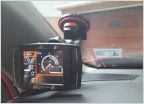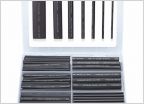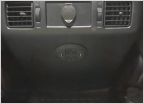-
Welcome to Tundras.com!
You are currently viewing as a guest! To get full-access, you need to register for a FREE account.
As a registered member, you’ll be able to:- Participate in all Tundra discussion topics
- Transfer over your build thread from a different forum to this one
- Communicate privately with other Tundra owners from around the world
- Post your own photos in our Members Gallery
- Access all special features of the site
Install complete on additional transmission cooler
Discussion in '2.5 Gen Tundras (2014-2021)' started by Krohsis, Apr 15, 2017.
Page 6 of 9
Page 6 of 9


 Truck bed tool mounts
Truck bed tool mounts Another dumb question
Another dumb question Electrical plugs
Electrical plugs Catalytic converter replacement
Catalytic converter replacement Inverter plugs
Inverter plugs Cowboy Hat Holder
Cowboy Hat Holder

